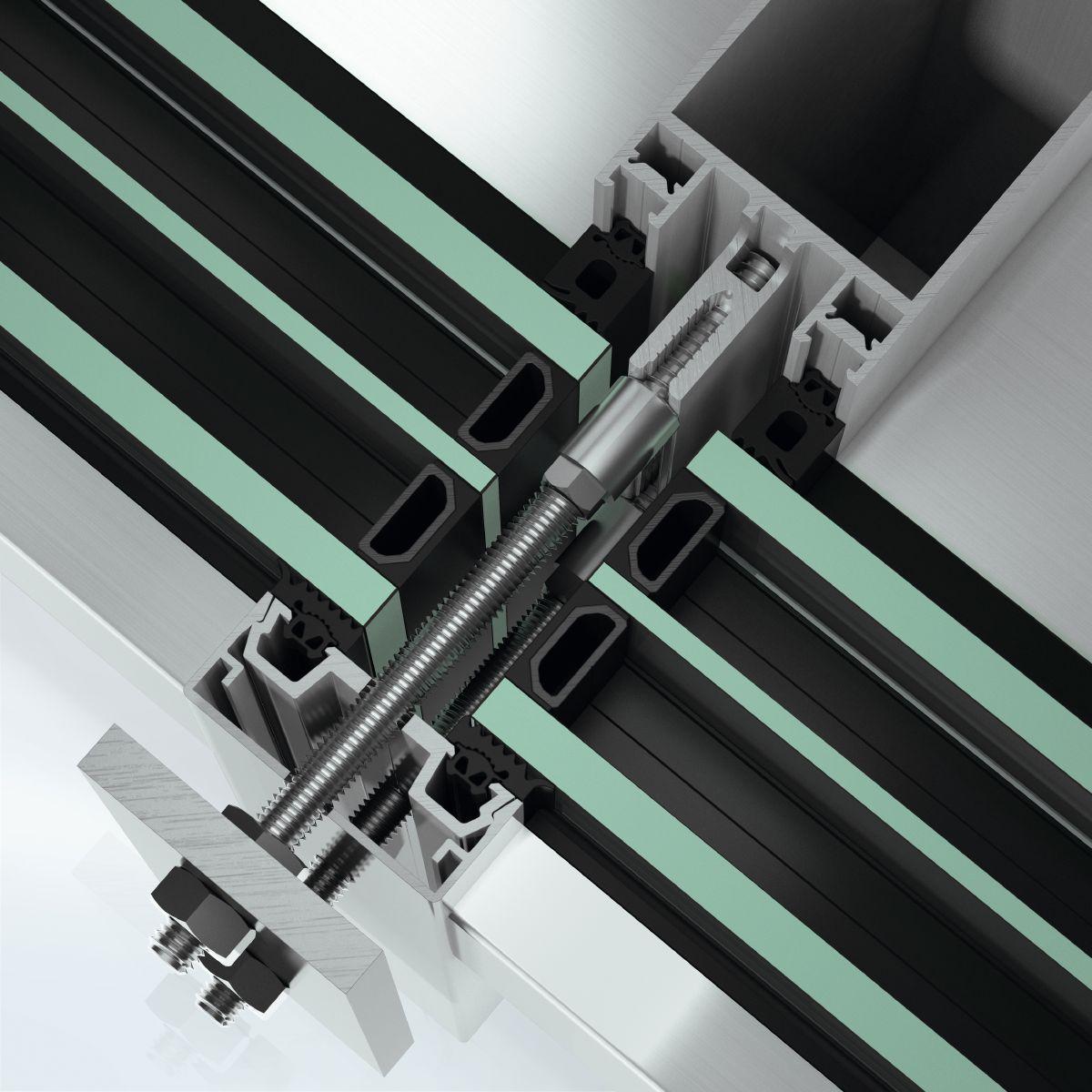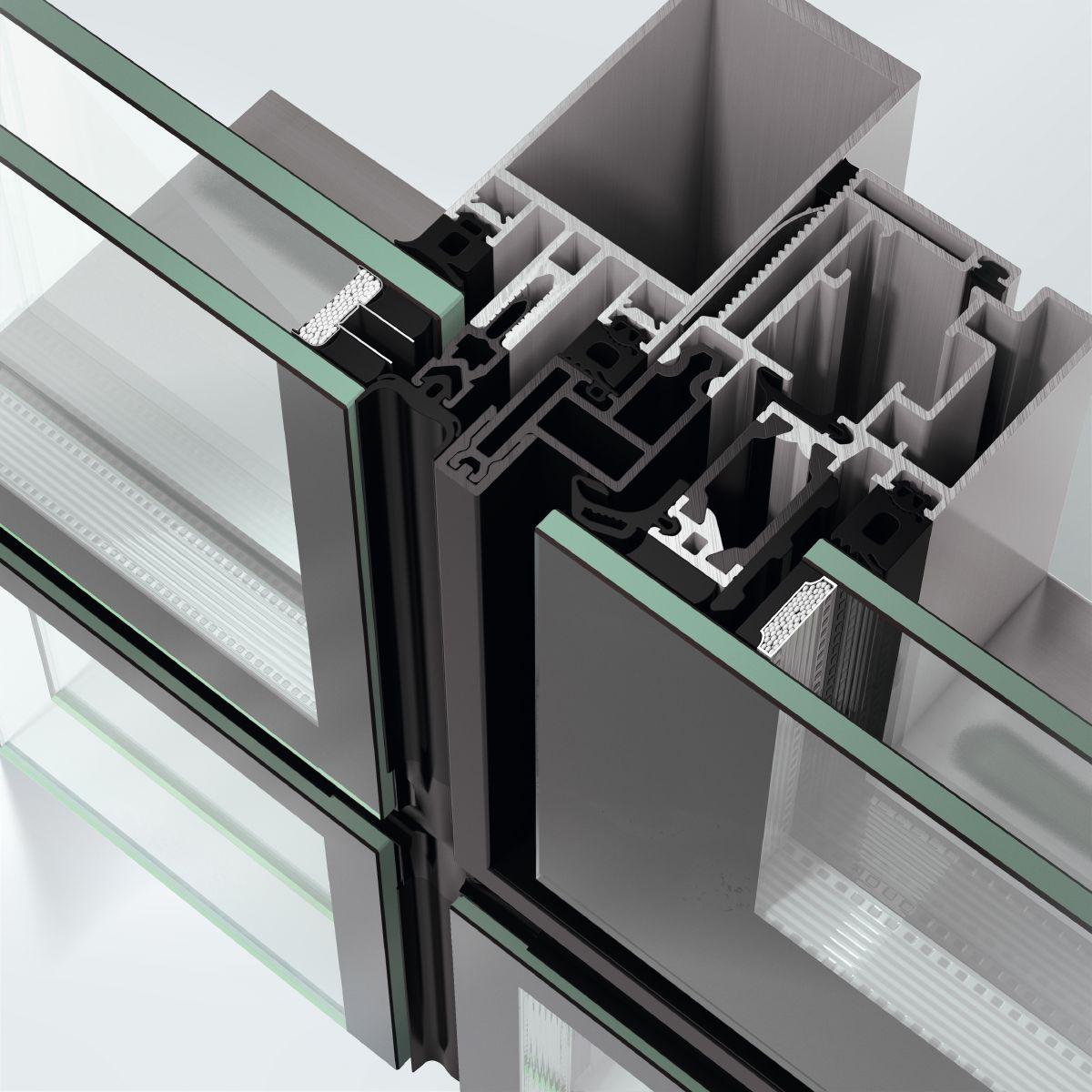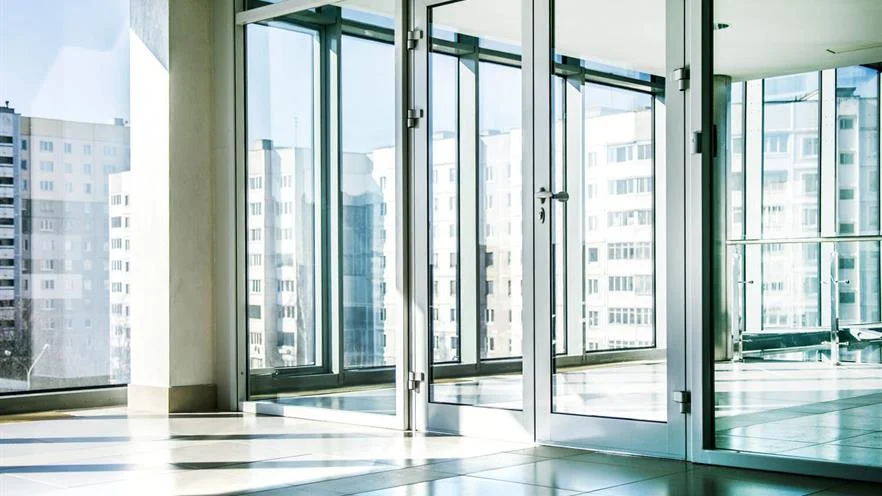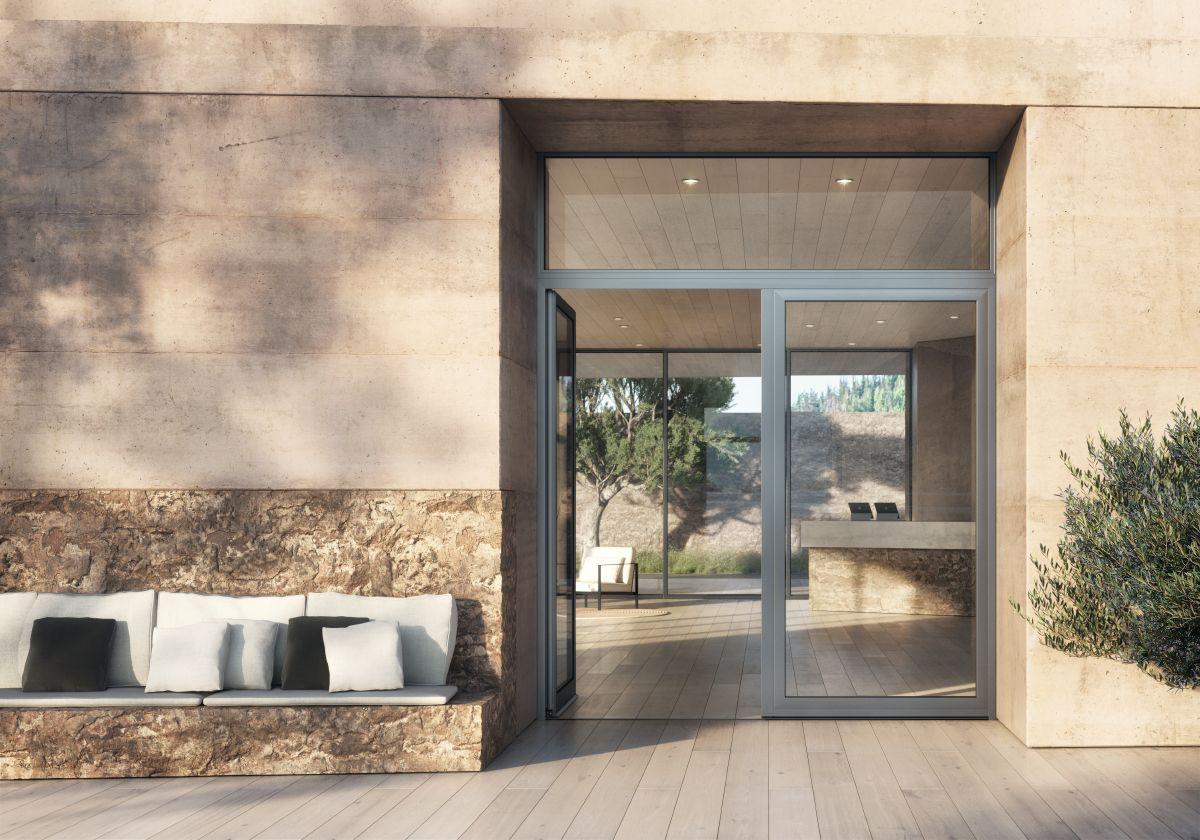Glass Curtain Wall System
A glass curtain wall system is a popular choice in contemporary architecture due to its ability to enhance natural light, improve thermal performance, and create visually striking facades. These systems are non-load-bearing, meaning they serve as an exterior cladding solution while the building’s structural integrity is maintained independently.
Types of Glass Curtain Wall Systems
- Stick System:
- Assembled on-site, providing flexibility in design and installation.
- Suitable for smaller projects and low-rise buildings.
- Cost-effective but labor-intensive.
- Unitized System:
- Prefabricated in a factory and installed as complete units.
- Offers superior quality control and faster installation.
- Ideal for high-rise buildings requiring precision and efficiency.
- Structural Glazing System:
- Utilizes special adhesives to bond glass to the frame without visible fasteners.
- Provides a seamless, frameless appearance for a modern aesthetic.
- Offers improved energy efficiency and weather resistance.
- Point-Fixed Glass System:
- Uses minimal structural supports with spider fittings or brackets.
- Creates a transparent, elegant look ideal for storefronts and lobbies.
- Requires skilled installation to ensure structural safety.
Advantages of Glass Curtain Wall Systems
- Enhanced Aesthetics: Achieve a sleek, modern look with expansive glass facades.
- Natural Light Utilization: Reduces the need for artificial lighting and enhances occupant well-being.
- Energy Efficiency: Double or triple-glazing options improve insulation and reduce HVAC costs.
- Weather Resistance: Protects from wind, rain, and external temperature fluctuations.
- Soundproofing: High-quality glazing options reduce external noise pollution.
Glass curtain wall systems provide flexibility in architectural design while delivering high performance in terms of insulation and sustainability.





